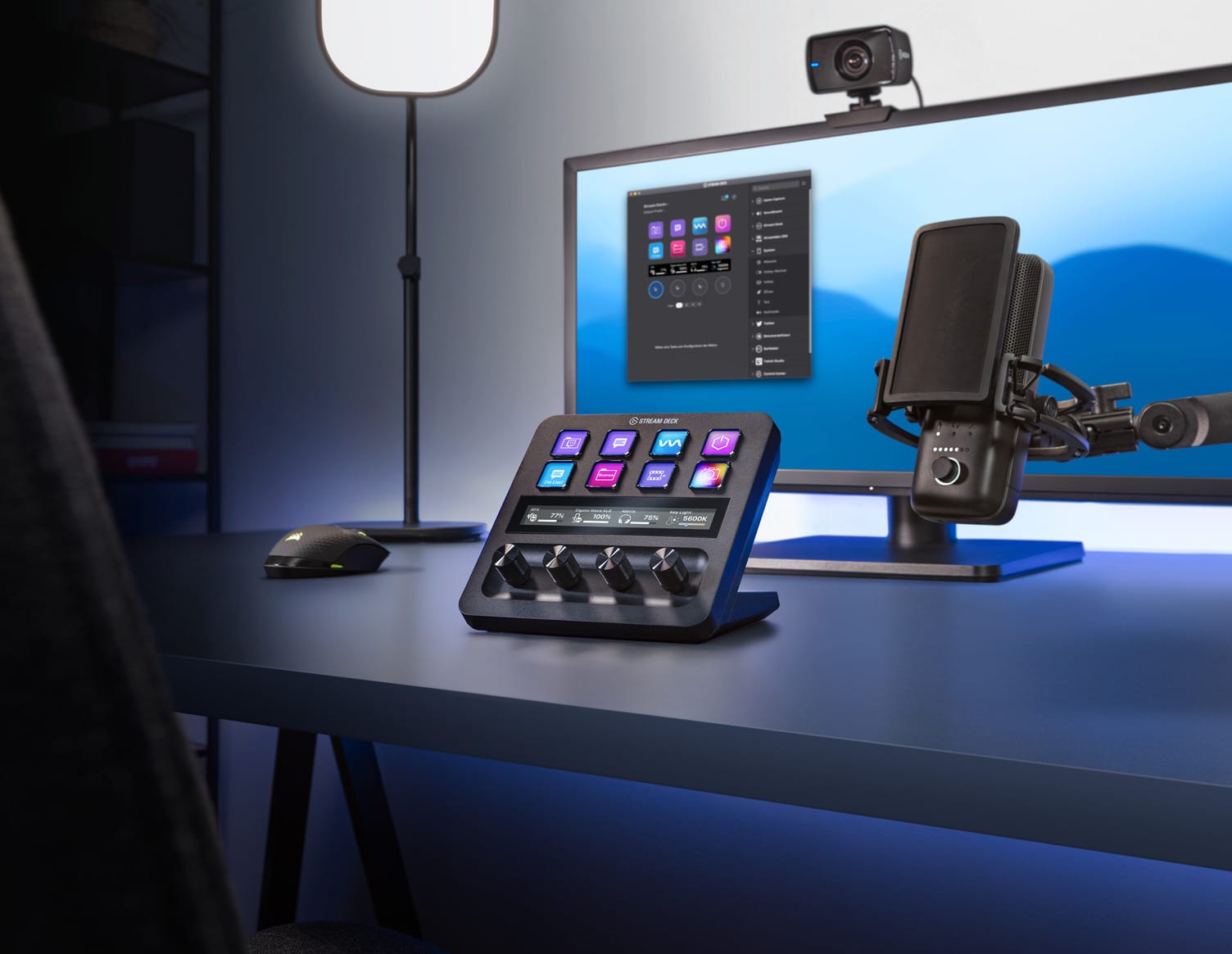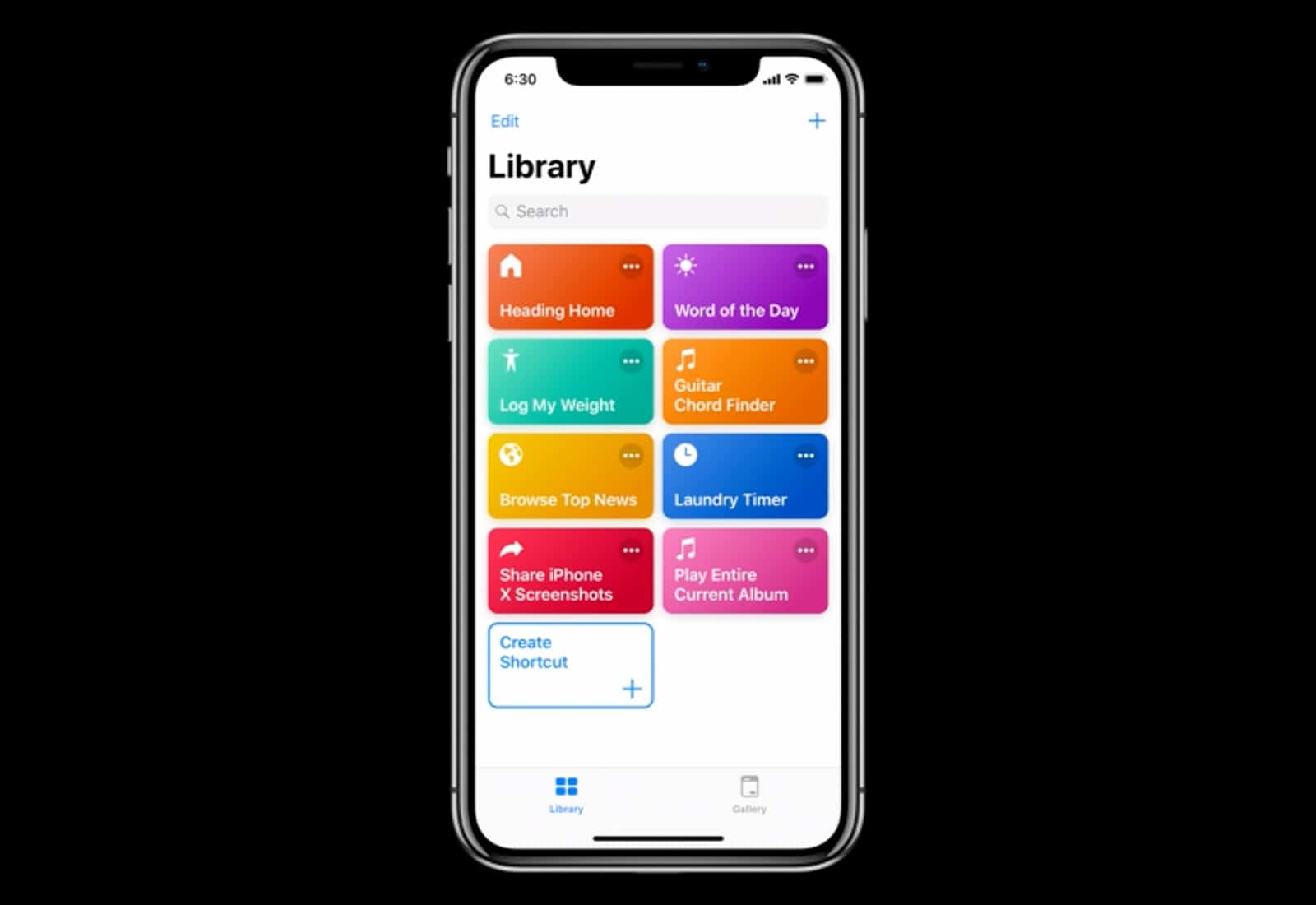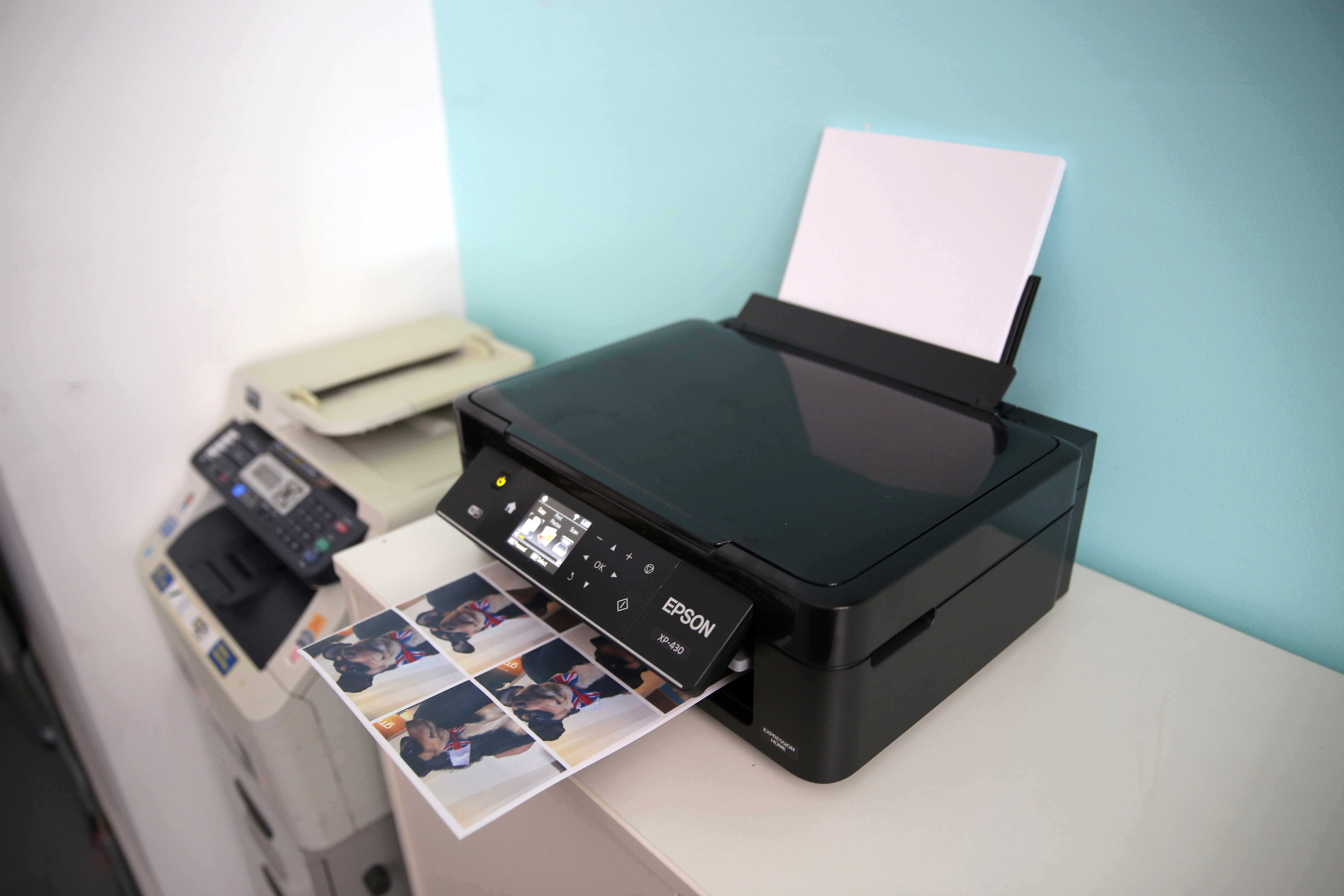Corsair Gaming subsidiary Elgato unveiled the latest version of its popular Stream Deck streaming and workflow controller Wednesday, dubbing it Stream Deck+.
It retains eight of the familiar customizable LCD keys that other versions have. But it adds a touch strip, which is a screen, and four “infinite dials” to help you tweak and adjust tasks in your workflow. A common use of this type of tool is controlling video streaming production.

![Navigate and communicate your ideas with vivid flowcharts [Deals] Ent - Flow](https://www.cultofmac.com/wp-content/uploads/2020/04/Ent-Flow-1536x1025.jpg)

![Capture notes quickly with Drafts [50 Essential iOS Apps #5] writing in Drafts for iPad](https://www.cultofmac.com/wp-content/uploads/2018/04/Drafts-iPad-Desk-DoF.jpg)



![Mastering Alfred 2.0 On Your Mac: Import Workflows For Crazy Custom Commands [OS X Tips] Workflow Import](https://www.cultofmac.com/wp-content/uploads/2013/04/Workflow-Import.jpg)



